Your die-cast parts look rough and unfinished. This poor appearance can lead to customer rejection and hurt your brand’s reputation. Choosing the right polishing method1 is the solution.
Selecting the right method depends on your needs. For cosmetics, manual or mechanical polishing2 is common. For a high shine, use electrolytic or chemical processes. For a matte texture, sandblasting3 is best. And for critical functional surfaces, use precision CNC polishing4.
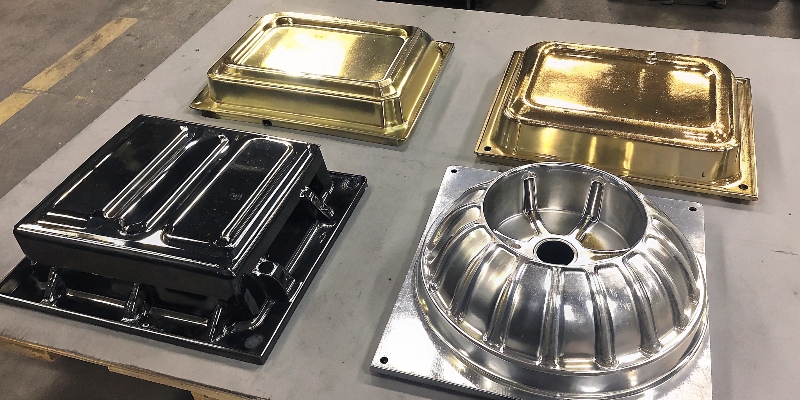
The finish of a part is often the first thing a customer notices. It communicates quality before they even check a single dimension. In my work, I’ve seen how the right surface finish5 can make or break a product’s success. For a Quality Engineer specializing in surface finishes. For a Purchasing Director focused on cost-efficiency. The secret isn’t finding one "best" method, but understanding the strengths of each one and matching it to the job.
When is Manual Grinding and Polishing the Best Choice?
Your parts have parting lines6 and rough gates that machines can’t reach. These visible defects can cause entire batches to be rejected. Manual polishing offers the needed precision.
Manual grinding is ideal for removing specific, localized defects like parting lines, flash, and gate marks. It offers the highest level of control for initial surface preparation, especially on parts with complex shapes, but it is very labor-intensive.
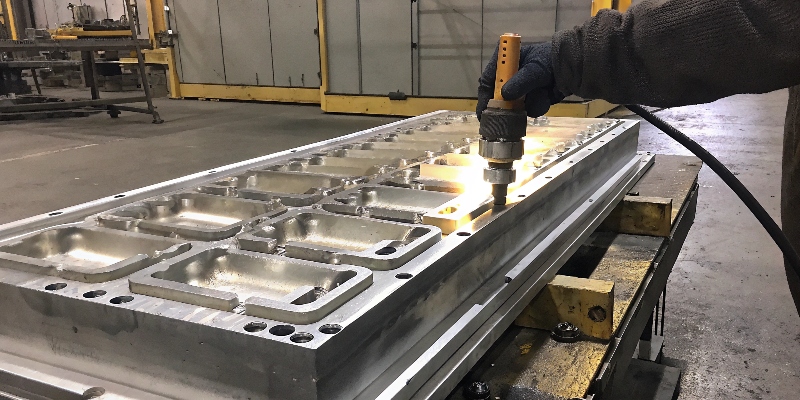
This is where craftsmanship meets manufacturing. No matter how perfect our die casting process is, there will always be a faint parting line where the two halves of the mold meet. For high-visibility consumer products, this line must disappear completely. This is a job for a skilled operator with a steady hand. The process starts with grinding to remove the excess material from gates and flash using tools like belt sanders or pneumatic hand grinders. Then, the operator moves to polishing, using a series of progressively finer abrasive wheels and compounds to blend the surface. It’s an art form that requires a great deal of training. While we try to automate as much as possible, manual polishing7 is often the only way to achieve a flawless finish on intricate, high-value parts8 before they go for final coating. It’s the essential first step for perfection.
How Can Mechanical Polishing Efficiently Finish Many Parts at Once?
Manually finishing thousands of small parts is slow and expensive. This production bottleneck threatens your delivery schedule and budget. Vibratory finishing offers a bulk solution to this problem.
Mechanical methods like vibratory or tumbling finishing are perfect for deburring and polishing large quantities of small to medium-sized parts. They use abrasive media9 to provide a uniform, consistent finish at a low cost per part, saving significant labor.
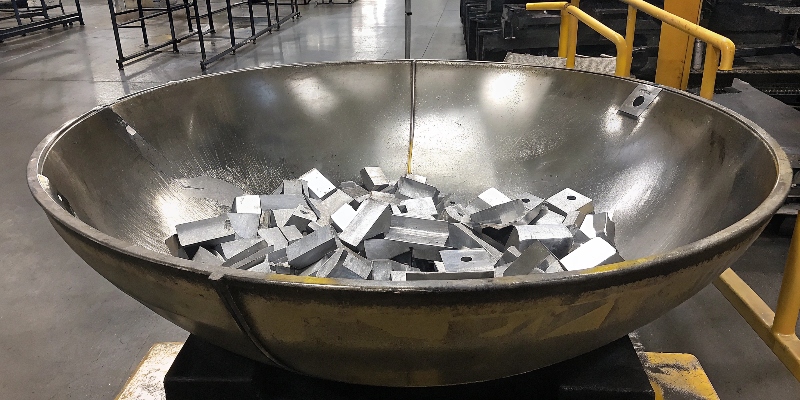
When a customer needs tens of thousands of small, identical parts with a smooth, deburred finish, manual polishing is out of the question. This is where we turn to vibratory finishing10. We load hundreds or even thousands of parts into a large bowl-shaped machine along with specifically chosen abrasive media9 and a liquid compound. The machine then vibrates, causing the parts and media to gently rub against each other. This constant, gentle friction removes sharp edges and smooths the entire surface uniformly. It’s a very cost-effective process11 that’s great for parts that don’t have super high cosmetic requirements but need to be clean and burr-free. For a Purchasing Director, this method is very attractive because it dramatically lowers the cost per piece compared to manual labor.
| Finishing Method | Best For | Resulting Finish |
|---|---|---|
| Vibratory Finishing | General purpose deburring and polishing. | Uniform, semi-gloss, smooth feel. |
| Barrel Tumbling | Aggressive deburring of durable parts. | Less gentle, good for removing heavy flash. |
Can Electrolytic Polishing Create a Mirror-Like Finish on Aluminum?
Your product requires a brilliant, mirror-like surface that other methods can’t achieve. This premium look is hard to create consistently. Electrolytic polishing is the high-tech answer.
Yes, electrolytic polishing12 creates an extremely bright, smooth, and highly reflective surface. It works by removing a microscopic layer of metal electrochemically. This method is excellent for achieving a high-end decorative finish and also improves the part’s corrosion resistance13.
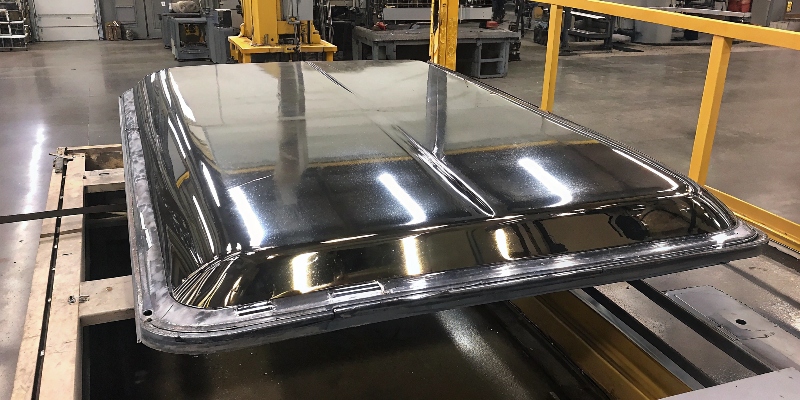
Sometimes, a product needs more than just a smooth finish; it needs to be brilliant. For these applications, we use electrolytic polishing, also known as electropolishing. The process is fascinating. We submerge the aluminum part in a special electrolyte bath and pass an electrical current through it. The part acts as the anode, and the current selectively removes material from the "peaks" of the surface’s microscopic texture, leaving behind an incredibly flat and smooth surface. The result is a mirror-like shine that is almost impossible to get any other way. Besides looking great, this process also removes surface contaminants and a thin, stressed layer of metal, which can actually improve the part’s resistance to corrosion. It’s a premium process for premium products, often used in medical devices or high-end electronics where both appearance and cleanliness are critical. It requires careful control and handling of chemicals but delivers an unmatched result.
How Does Chemical Polishing Handle Parts with Complex Geometries?
Parts with deep pockets and intricate details are impossible to polish mechanically. These unpolished areas create an inconsistent look. Chemical polishing is the solution because it reaches every surface.
Chemical polishing uses a chemical solution, typically a strong acid, to dissolve the surface of the aluminum, creating a smooth and bright finish. Because it’s an immersion process, it uniformly polishes all surfaces, including complex internal areas and deep holes.
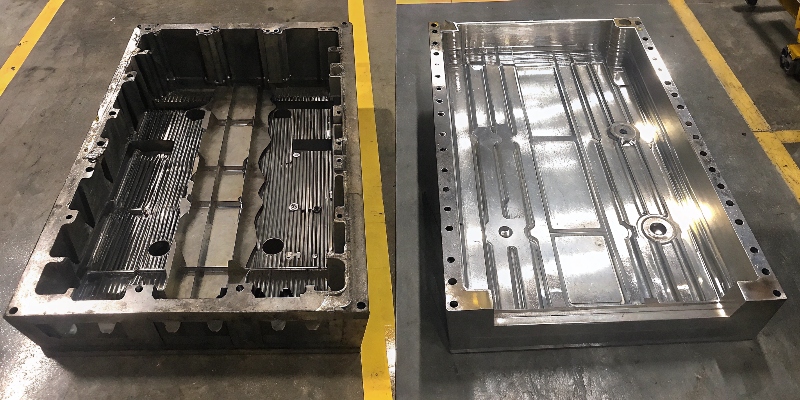
What do you do when a part has channels, threads, or fins that a polishing wheel could never reach? You dip it. Chemical polishing is a fantastic solution for creating a bright, uniform finish on parts with very complex shapes. Unlike mechanical or electrolytic polishing, it doesn’t require direct contact or line of sight. The part is simply submerged in a carefully controlled chemical bath. The chemical reaction etches away the surface layer of the aluminum, smoothing out minor imperfections and brightening the entire part, inside and out. We often use this method as a preparation step before anodizing14. The chemical polish creates a clean, uniform substrate, which results in a much better-looking and more consistent anodized finish. A Quality Engineer appreciates this method because it ensures that even the hidden surfaces of a part meet the finish specification.
When Should You Use Sandblasting for a Matte Finish Instead of a Shine?
A shiny finish isn’t always desirable. Glare can be a functional problem, and sometimes you need better paint adhesion. Sandblasting provides a perfectly uniform, non-reflective texture.
Sandblasting or bead blasting is used to create a uniform matte or satin finish. It cleans the surface, removes minor defects, and creates a micro-textured profile15 that significantly improves paint or coating adhesion. The final look depends on the media used.
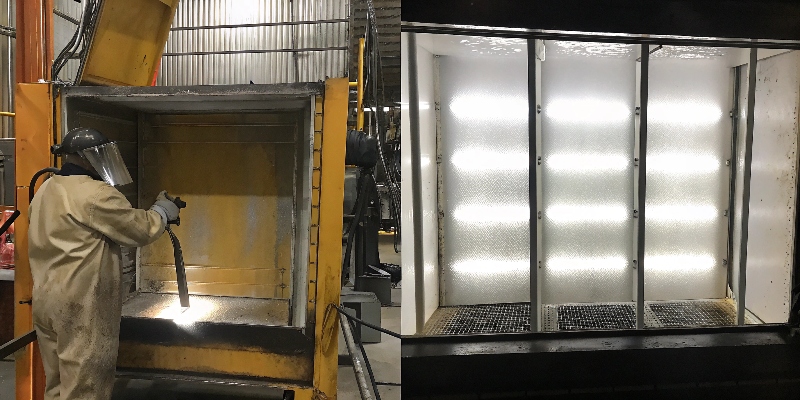
For many a industrial and automotive parts we make, shine is the enemy. A glossy surface on a car’s dashboard component, for example, would create distracting glare. In these cases, we use sandblasting3. This process involves propelling a stream of fine abrasive media at the part’s surface at high velocity. It effectively removes any minor surface imperfections and imparts a consistent, non-directional matte texture. It’s not just for looks, though. The textured surface, or "anchor profile," that blasting creates is the perfect foundation for paint, powder coating, or other coatings. It gives the coating something to physically grip onto, dramatically improving adhesion and durability. We can control the final texture by choosing different types of media.
| Blast Media | Particle Shape | Resulting Finish |
|---|---|---|
| Glass Beads | Round | Smooth, satin, peened finish. |
| Aluminum Oxide | Sharp/Angular | Coarser, etched matte finish, ideal for paint prep. |
| Walnut Shells | Soft/Irregular | Gentle cleaning with no dimensional change. |
Why is CNC Polishing Essential for Functional Surfaces?
Your part has a critical sealing surface that must be perfectly flat. Manual or bulk methods are too inconsistent and can ruin the part. CNC polishing provides robotic precision for these jobs.
Precision CNC polishing is used for functional surfaces that require extremely tight tolerance16s for flatness or a specific surface roughness17 (Ra). A CNC machine with a polishing tool ensures perfect, repeatable results that are impossible to achieve reliably by hand.
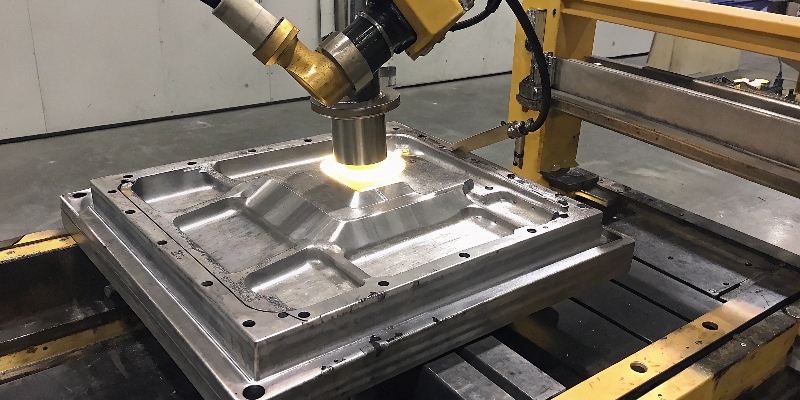
For some parts, the finish isn’t about how it looks, but how it performs. Think about the flat face of an EV inverter housing where a waterproof gasket will sit. This surface must be incredibly flat, to a tolerance of just a few microns. Any imperfection could cause a leak, leading to a catastrophic failure. For these critical applications, we use CNC polishing. We program a CNC machine to trace a precise path across the surface with a small polishing head. The machine applies the exact same pressure and a consistent motion every single time. It’s a slow and expensive process, but it’s the only way to guarantee that a functional surface meets its demanding engineering specifications. After polishing, we use a profilometer to measure the surface roughness and confirm it meets the Ra value specified on the drawing. This is where manufacturing precision directly ensures product reliability.
Conclusion
Choosing the right polishing method is a critical decision. It balances aesthetics, function, and cost to deliver a final part that meets all engineering and market expectations.
-
Explore various polishing methods to find the best fit for your aluminum die castings. ↩
-
Discover the efficiency of mechanical polishing for finishing large quantities of aluminum parts. ↩
-
Explore how sandblasting can improve paint adhesion and create a non-reflective surface. ↩ ↩
-
Learn about the precision of CNC polishing for critical functional surfaces in manufacturing. ↩
-
Learn how surface finish impacts product quality and customer perception. ↩
-
Find out how to effectively address parting lines in aluminum die castings. ↩
-
Learn why manual polishing is essential for achieving precision on intricate aluminum parts. ↩
-
Discover the characteristics and importance of high-value parts in production. ↩
-
Explore the different abrasive media options for effective mechanical polishing. ↩ ↩
-
Discover how vibratory finishing can save time and costs in polishing aluminum parts. ↩
-
Explore factors that contribute to the cost-effectiveness of polishing methods. ↩
-
Understand the benefits of electrolytic polishing for achieving a mirror-like finish on aluminum. ↩
-
Understand the relationship between polishing methods and corrosion resistance. ↩
-
Learn how anodizing benefits from proper polishing techniques. ↩
-
Explore the significance of micro-textured profiles for coating adhesion. ↩
-
Understand the importance of tolerances in achieving precise CNC polishing results. ↩
-
Learn about surface roughness and its impact on part performance. ↩



